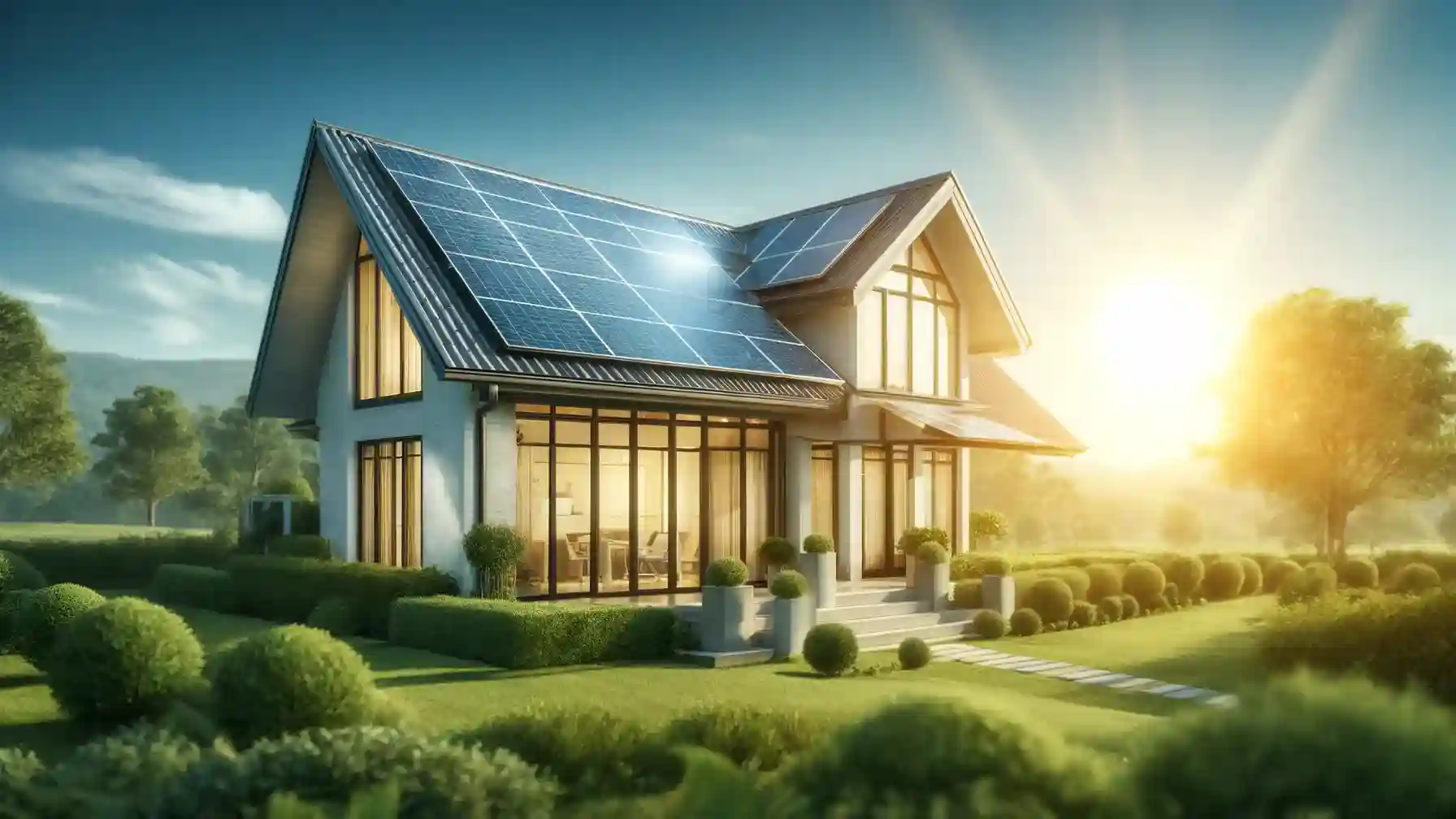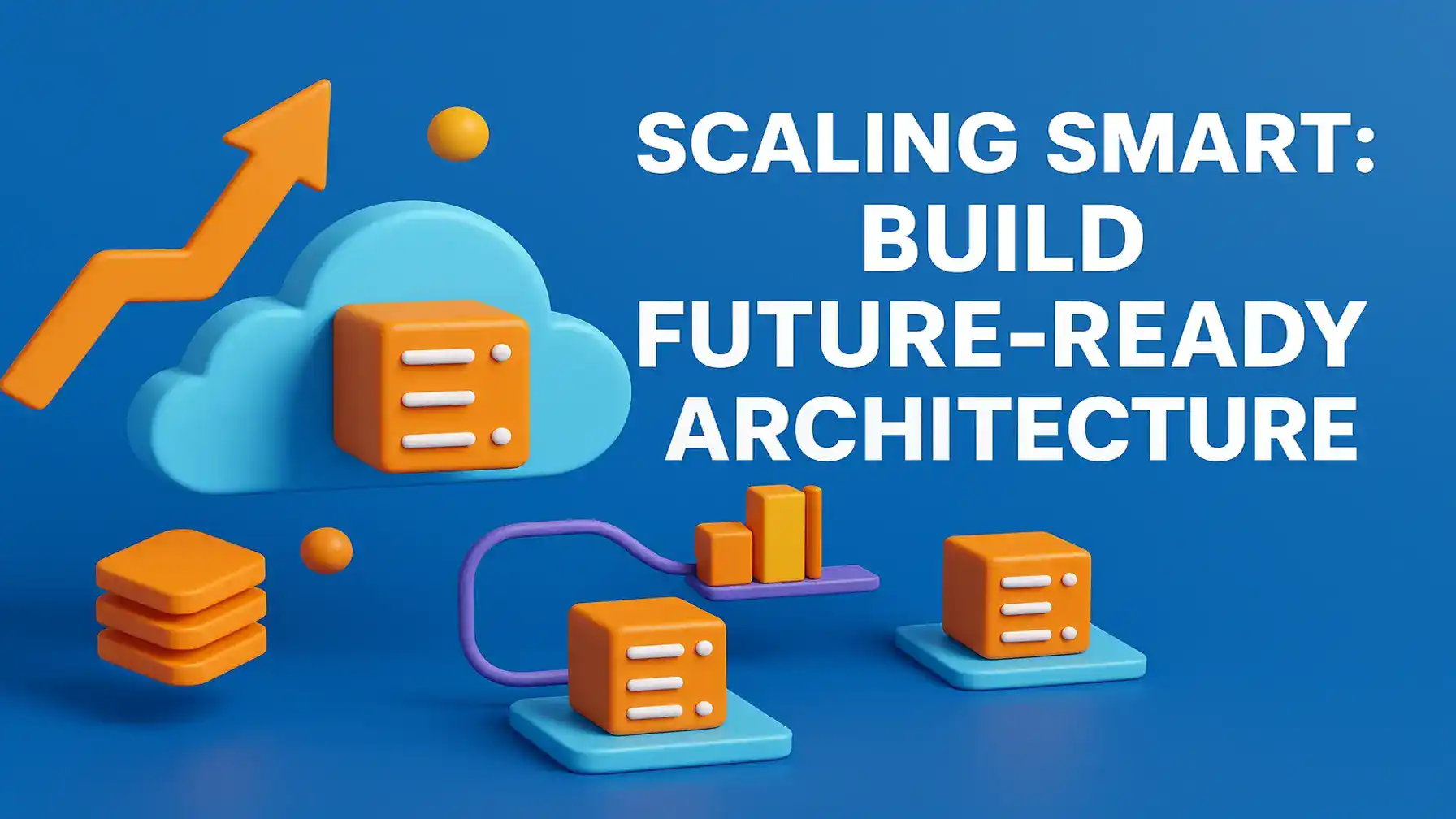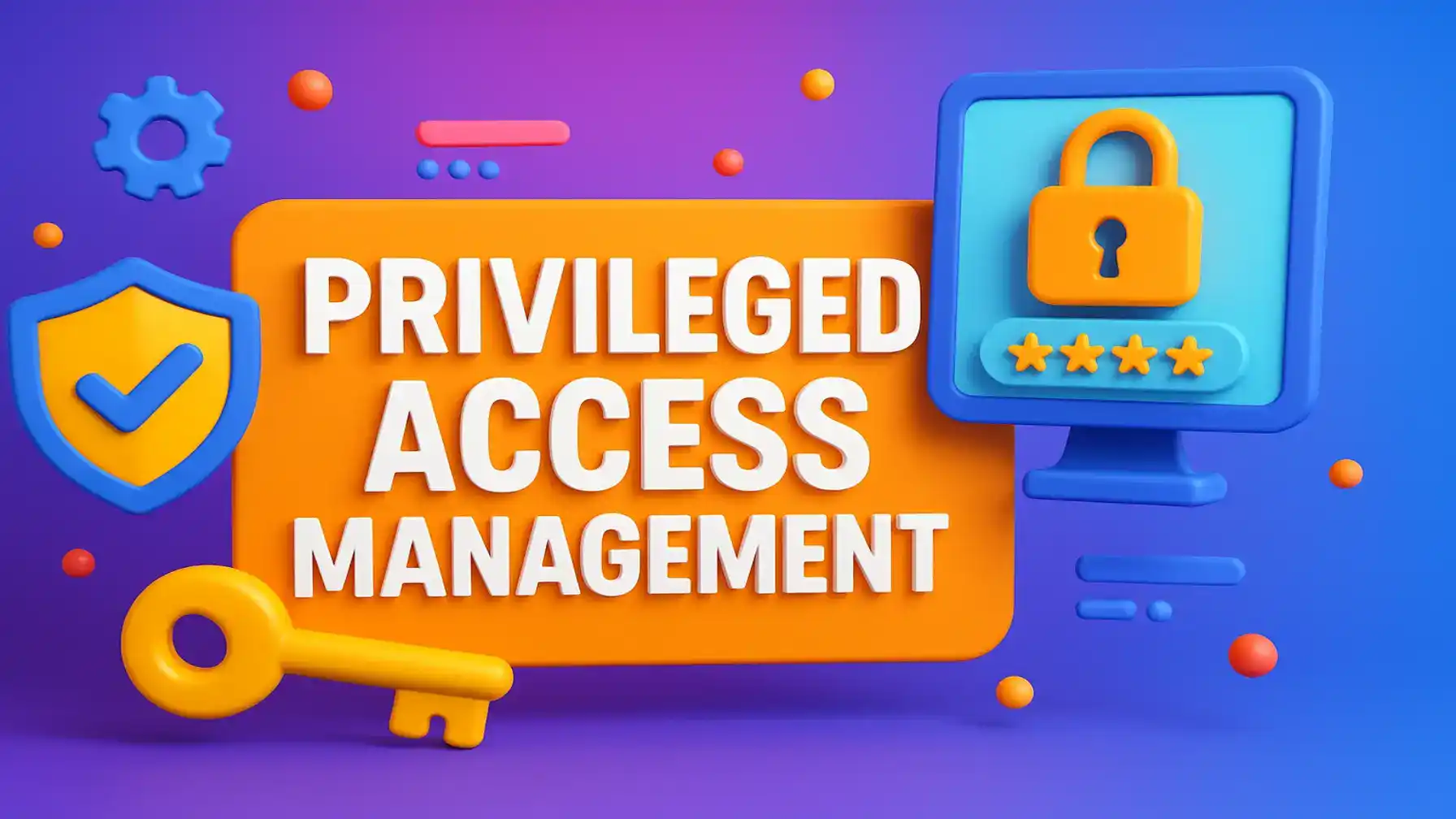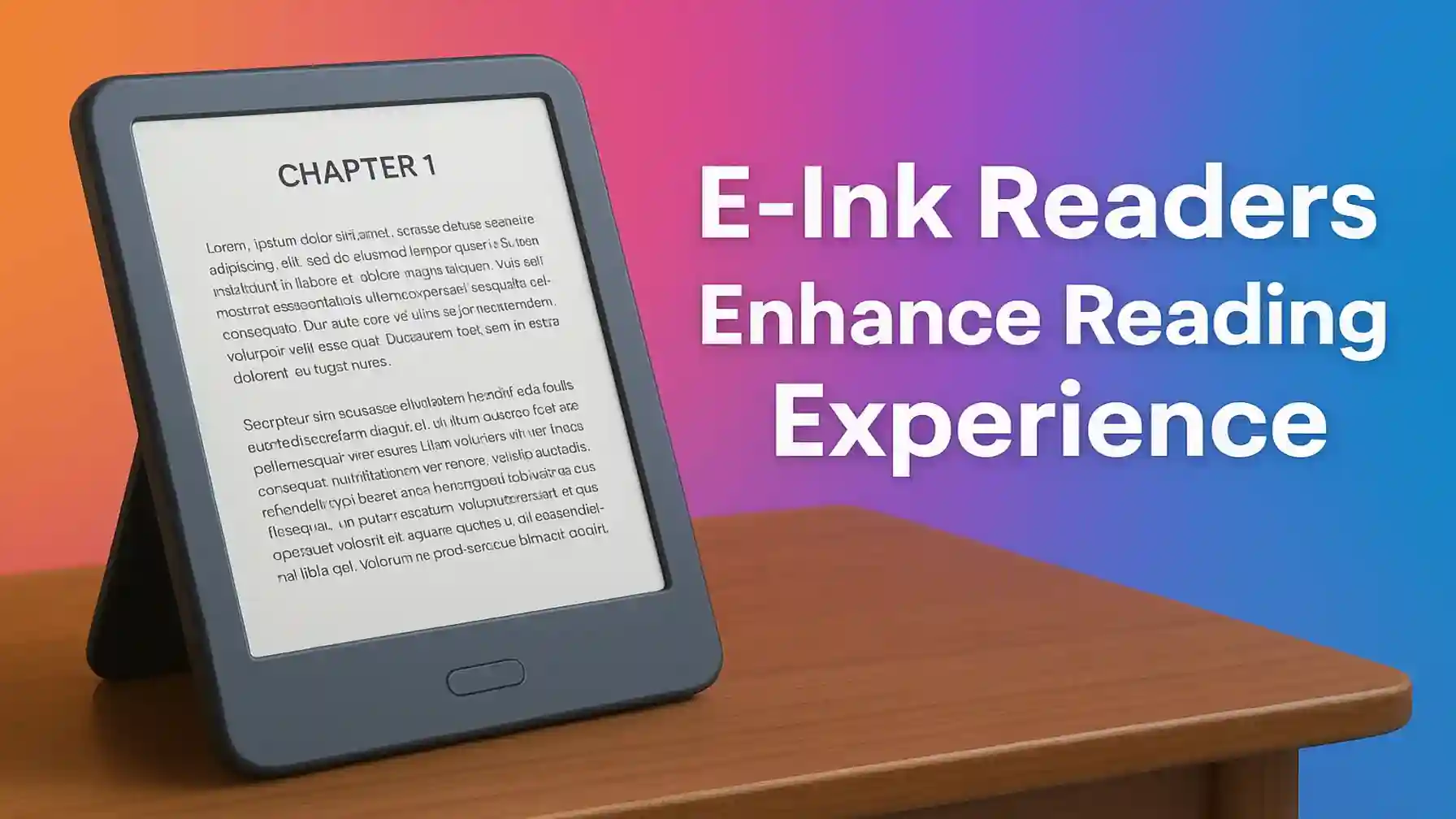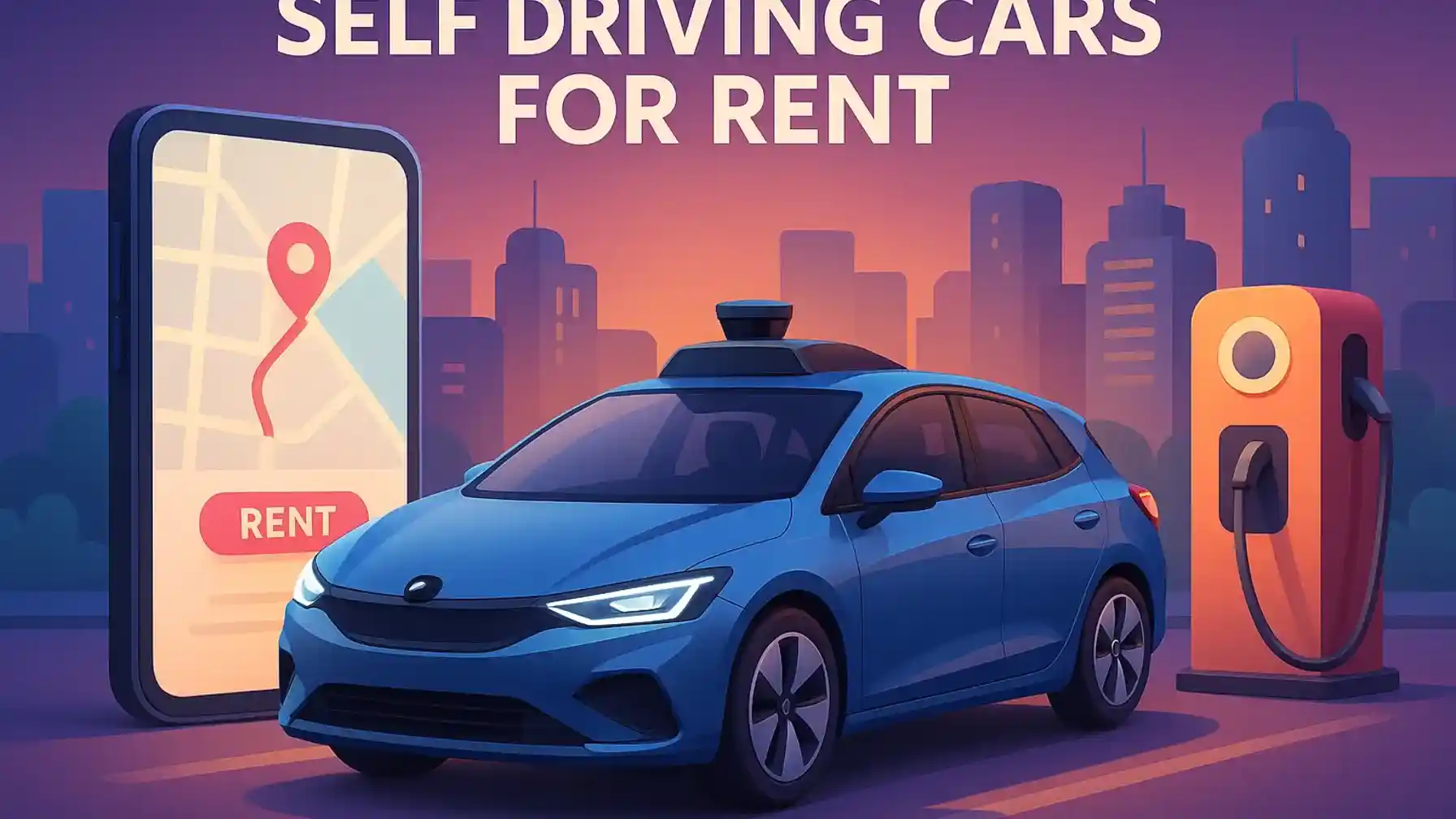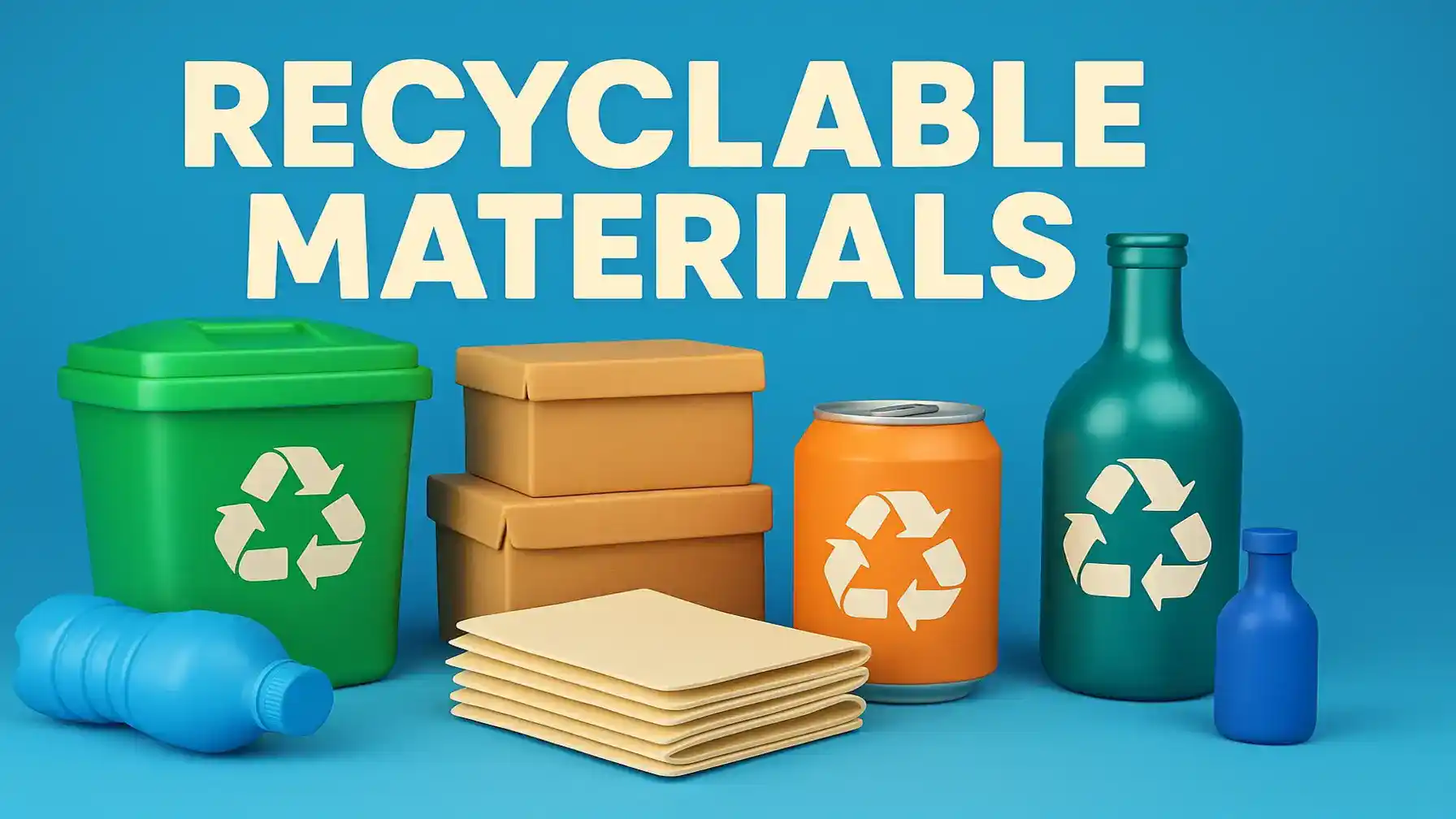As the world becomes increasingly conscious of its environmental impact, more homeowners are asking, “How solar energy works for homes?” Solar energy has surged in popularity due to its ability to provide clean, renewable power while reducing household energy costs. The process of converting sunlight into electricity that can power homes is not only efficient but also a key step toward energy independence. Many homeowners are now investing in solar panels, aiming to lower their carbon footprint and enjoy long-term financial savings. But how does this system work, and what are the steps involved in harnessing solar energy for your home? This comprehensive guide will provide a clear understanding of how solar energy works for homes and why it’s a game-changer for the future of energy.
How Solar Energy Works for Homes: Understanding the Basics
Solar energy refers to the radiant energy emitted by the sun. This energy is abundant, and scientists and engineers have developed various technologies to harness it. The sun produces more energy in a single hour than the entire human population consumes in a year. By capturing even a small portion of this energy, homeowners can drastically reduce their dependence on conventional energy sources such as coal, oil, and gas.
The Basics of Solar Power
Solar power is based on the simple principle of converting sunlight into electricity. Solar panels, also known as photovoltaic (PV) systems, are at the heart of this technology. These panels consist of numerous PV cells, which are responsible for the conversion process. Solar panels are typically mounted on rooftops or open spaces where they can capture the most sunlight. The size and number of panels you need depend on your home’s energy consumption and the amount of sunlight your location receives.
How Solar Panels Capture Energy?
Solar panels work by using PV cells made from materials like silicon. When sunlight hits the surface of the panel, the photons in the light knock electrons loose from the atoms within the cells. This movement of electrons generates an electric current. This is known as the photovoltaic effect, which is the key mechanism behind solar energy systems. Each panel produces a small amount of energy, but by connecting many panels together, significant amounts of electricity can be generated to power a home.
How Solar Energy Works for Homes: An Overview
For homeowners looking to understand how solar energy works for homes, the process begins with sunlight and ends with electrical power that can be used to run appliances, lights, and more. Let’s break down this process into understandable steps.
Solar Energy Conversion Process
The first step in the process is the absorption of sunlight by solar panels. When sunlight strikes the PV cells, they produce direct current (DC) electricity. While DC power is useful in certain applications, homes and most appliances run on alternating current (AC). To make the electricity usable, it passes through an inverter, which converts the DC electricity into AC electricity.
After conversion, the AC electricity flows into your home’s electrical system, powering everything from your refrigerator to your television. If your solar panels produce more electricity than your home needs at any given time, the excess can either be stored in a battery system or sent back to the electrical grid, depending on the type of solar system you have.
Photovoltaic (PV) Cells: The Key to Solar Energy
Photovoltaic cells are the building blocks of any solar panel. These cells are made of semiconductor materials like silicon, which have special properties that allow them to absorb light and generate electricity. PV cells are arranged in a grid-like pattern on the solar panels, and each cell contributes to the overall power output. The efficiency of these cells is constantly improving thanks to advancements in solar technology, meaning modern panels can generate more power in a smaller space than older models.
Direct Current (DC) to Alternating Current (AC) Conversion
One of the most critical steps in how solar energy works for homes is the conversion from DC to AC. While DC electricity flows in one direction, AC electricity alternates its direction periodically, which makes it more suitable for long-distance transmission and for use in home appliances. The inverter in a solar energy system handles this conversion, ensuring that the electricity generated by your solar panels is compatible with the devices in your home.
Types of Solar Energy Systems for Homes:
When deciding how to use solar energy in your home, it’s essential to choose the right system for your needs. There are three main types of solar energy systems, each with its own set of advantages and disadvantages.
Grid-Tied Solar Energy Systems
Grid-tied systems are the most common type of solar energy system for homes. In this setup, your home remains connected to the local power grid, which serves as a backup source of electricity. During the day, your solar panels generate electricity, and any surplus is sent back to the grid. In most regions, you are compensated for this excess power through a process called net metering, which can significantly reduce your monthly electric bill.
Also Read: Exploring Superconductivity: Applications & Future
One of the main benefits of a grid-tied system is that it doesn’t require a battery, which can lower the initial installation cost. However, the downside is that if there’s a power outage in your area, your solar system will also stop working unless you have a battery backup installed.
Off-Grid Solar Energy Systems
Off-grid systems are designed to be completely independent of the local power grid. This type of system is ideal for homes in remote locations where connecting to the grid is expensive or impractical. Off-grid solar systems require batteries to store the energy generated during the day for use at night or on cloudy days. While off-grid systems provide energy independence, they also require a larger initial investment due to the need for battery storage.
Hybrid Solar Energy Systems
A hybrid system combines the best of both grid-tied and off-grid systems. These systems are connected to the local grid but also include a battery backup. Hybrid systems allow you to store excess energy for later use, ensuring that you have a reliable power supply even during grid outages. The flexibility of hybrid systems makes them an attractive option for homeowners who want to enjoy the benefits of both grid connectivity and energy storage.
Key Components of a Home Solar Energy System:
To understand how solar energy works for homes, it’s essential to know the key components that make up a solar energy system. Each component plays a crucial role in ensuring the efficient capture and conversion of solar energy.
Solar Panels
Solar panels are the most visible component of a solar energy system. Typically installed on rooftops or ground mounts, they are responsible for collecting sunlight and converting it into electricity. The efficiency of solar panels is measured by how much sunlight they can convert into usable electricity. Modern panels are highly efficient, with some capable of converting up to 22% of the sunlight they capture into electricity.
Inverters
Inverters are a critical component because they convert the direct current (DC) generated by the solar panels into alternating current (AC), which is the type of electricity used in homes. There are different types of inverters, including string inverters, microinverters, and hybrid inverters. String inverters are the most common, but microinverters are becoming more popular due to their ability to maximize the efficiency of each solar panel individually.
Mounting Systems
Mounting systems secure solar panels to your roof or another structure, ensuring they remain in place even in extreme weather conditions. The type of mounting system you need depends on the type of roof you have and the orientation of your home. Properly installed mounting systems ensure that your panels are positioned to capture the maximum amount of sunlight throughout the day.
Also Read: How Offshore Wind Power is Revolutionizing Renewable Energy?
Batteries
Batteries are optional but essential for homes that want to store excess energy for later use. Solar batteries store electricity generated by your panels during the day, which can then be used at night or during power outages. The two most common types of solar batteries are lead-acid and lithium-ion, with the latter offering higher efficiency and a longer lifespan.
How Solar Energy is installed in Homes?
The installation of a solar energy system is a multi-step process that requires careful planning and execution. The installation process begins with an initial assessment and ends with a fully operational system that can provide clean energy for your home.
Initial Assessment and Design
The first step in installing solar energy is to assess your home’s suitability for solar power. A solar installer will evaluate several factors, including the orientation and slope of your roof, the amount of shade your home receives, and your current energy usage. Based on this assessment, they’ll design a system tailored to your needs, specifying the number and type of solar panels, inverters, and other equipment required.
Installation Process
Once the design is finalized, the installation process can begin. This typically involves mounting the solar panels, installing the inverter, and wiring the system to your home’s electrical panel. The installation process usually takes a few days to a week, depending on the complexity of the system. After installation, the system will undergo a series of inspections to ensure it meets local codes and regulations.
Connecting to the Grid
For grid-tied systems, the final step is connecting your solar energy system to the local power grid. This requires approval from your utility company, which will install a bi-directional meter to measure the electricity you send to and receive from the grid. Once connected, you can begin generating and using solar energy in your home.
Benefits of Using Solar Energy in Homes:
The benefits of using solar energy for homes are numerous, ranging from financial savings to environmental protection. Understanding these benefits can help homeowners decide if solar energy is the right choice for them.
Reducing Electricity Bills
One of the primary benefits of solar energy is the potential for significant reductions in electricity bills. By generating your own power, you reduce the amount of electricity you need to purchase from the grid. Over time, these savings can offset the initial investment in a solar energy system, making solar power a cost-effective solution.
Environmental Impact of Solar Energy
Solar energy is a clean and renewable source of power. Unlike fossil fuels, which emit harmful greenhouse gases when burned, solar energy produces no emissions during operation. By switching to solar power, homeowners can reduce their carbon footprint and contribute to a cleaner, healthier planet.
Energy Independence
Another advantage of solar energy is the potential for energy independence. With solar panels installed on your home, you are less reliant on external energy providers. This independence can be particularly valuable during power outages or in areas where electricity costs are rising.
Cost of Solar Energy for Homes:
The cost of solar energy has been decreasing over the years, making it more accessible to homeowners. However, the cost of installing a solar energy system can still be a significant investment.
Upfront Costs vs. Long-Term Savings
The upfront cost of a solar energy system includes the price of solar panels, inverters, batteries, and installation. While the initial cost can be high, many homeowners find that the long-term savings on electricity bills more than make up for the expense. In addition, solar panels typically have a lifespan of 25 to 30 years, meaning you can enjoy decades of free energy once the system is paid off.
Government Incentives and Tax Credits
Many governments offer incentives and tax credits to encourage the adoption of solar energy. In the United States, for example, the federal solar tax credit allows homeowners to deduct a percentage of the cost of their solar energy system from their taxes. Additionally, some states and local governments offer rebates or grants to further reduce the cost of solar energy.
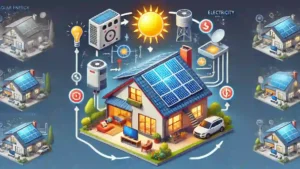
Challenges of Solar Energy in Homes:
Despite its many benefits, solar energy does come with certain challenges that homeowners should be aware of before making the switch.
Weather Dependence
One of the main challenges of solar energy is its dependence on weather conditions. Solar panels generate the most electricity on sunny days, but their output decreases on cloudy or rainy days. In regions with frequent overcast weather, solar energy may not be as reliable without a battery backup system.
Initial Investment Costs
While the long-term savings of solar energy can be substantial, the initial cost of installation can be a barrier for some homeowners. However, financing options such as solar loans and leasing programs can make solar energy more affordable.
Space Requirements for Solar Panels
Homes with limited roof space may struggle to install enough solar panels to meet their energy needs. In these cases, ground-mounted panels or alternative energy-saving measures may be required to maximize efficiency.
Solar Energy Storage Options for Homes:
To fully benefit from solar energy, homeowners need an efficient way to store the electricity their panels produce. This is where solar batteries come into play.
Importance of Solar Batteries
Solar batteries allow homeowners to store excess energy produced during the day for use at night or during cloudy weather. This is particularly important for off-grid and hybrid systems, as it ensures a continuous power supply even when the sun isn’t shining.
Different Types of Solar Batteries
There are several types of solar batteries, each with its own set of advantages and disadvantages. Lead-acid batteries are the most affordable but have a shorter lifespan and lower efficiency than lithium-ion batteries, which are more expensive but offer better performance. Flow batteries are a newer technology that offers long-lasting energy storage but is still relatively expensive compared to other options.
Maintenance and Lifespan of Solar Energy Systems:
Solar energy systems are generally low-maintenance, but regular care can ensure they continue to perform at their best for decades.
Regular Cleaning of Solar Panels
Solar panels should be cleaned periodically to remove dirt, dust, and debris that can reduce their efficiency. This is especially important in areas with heavy pollution, dust storms, or frequent bird activity. Most homeowners clean their panels once or twice a year, though more frequent cleaning may be required in certain environments.
Monitoring Performance of Solar Systems
Many solar energy systems come with monitoring tools that allow homeowners to track their energy production and usage. These tools can alert you to any issues, such as a drop in efficiency, that may require maintenance. Regular monitoring ensures that your system is performing optimally and allows you to address any problems before they become serious.
Future of Solar Energy in Residential Homes:
As technology continues to advance, the future of solar energy looks brighter than ever. Innovations in solar panels, batteries, and installation techniques are making solar energy more efficient and affordable for homeowners.
Advancements in Solar Technology
One of the most exciting developments in solar energy is the improvement in panel efficiency. New materials and manufacturing techniques are allowing solar panels to capture more sunlight and generate more electricity from the same amount of space. In addition, advances in battery technology are making energy storage more reliable and cost-effective, further enhancing the appeal of solar energy.
Predictions for Solar Energy Costs
As solar technology becomes more widespread, the cost of solar panels and installation is expected to continue to decrease. This trend, combined with government incentives and increasing environmental awareness, is likely to drive further adoption of solar energy in homes. By 2030, experts predict that solar energy could become one of the dominant sources of electricity for residential properties.
Conclusion:
In conclusion, understanding how solar energy works for homes reveals a powerful, renewable, and financially rewarding solution for homeowners. The process of converting sunlight into electricity through photovoltaic technology has proven to be a reliable way to reduce both energy costs and environmental impact. While the initial investment in solar energy can be significant, the long-term savings, environmental benefits, and growing government incentives make it an attractive option for many households. With advancements in technology and declining costs, the future of solar energy in homes looks increasingly promising.
FAQs:
1. How long does it take to recoup the cost of a solar energy system?
The payback period for solar energy systems typically ranges from 6 to 10 years, depending on factors such as electricity rates, system size, and local incentives.
2. Do solar panels work on cloudy or rainy days?
Yes, solar panels still generate electricity on cloudy or rainy days, but their output is reduced. Battery storage can help offset this by storing excess energy for later use.
3. Can I use solar energy during a power outage?
If your system includes battery storage or you have an off-grid system, you can use solar energy during a power outage. However, grid-tied systems without batteries will not provide power during outages for safety reasons.
4. What maintenance do solar panels require?
Solar panels require minimal maintenance, typically needing only periodic cleaning to remove dirt or debris. Most systems also come with monitoring tools to track performance.
5. What happens if my solar panels generate more electricity than I need?
In a grid-tied system, excess electricity is sent back to the grid, and you may receive credits on your electricity bill through net metering. In off-grid systems, excess energy is stored in batteries for later use.
